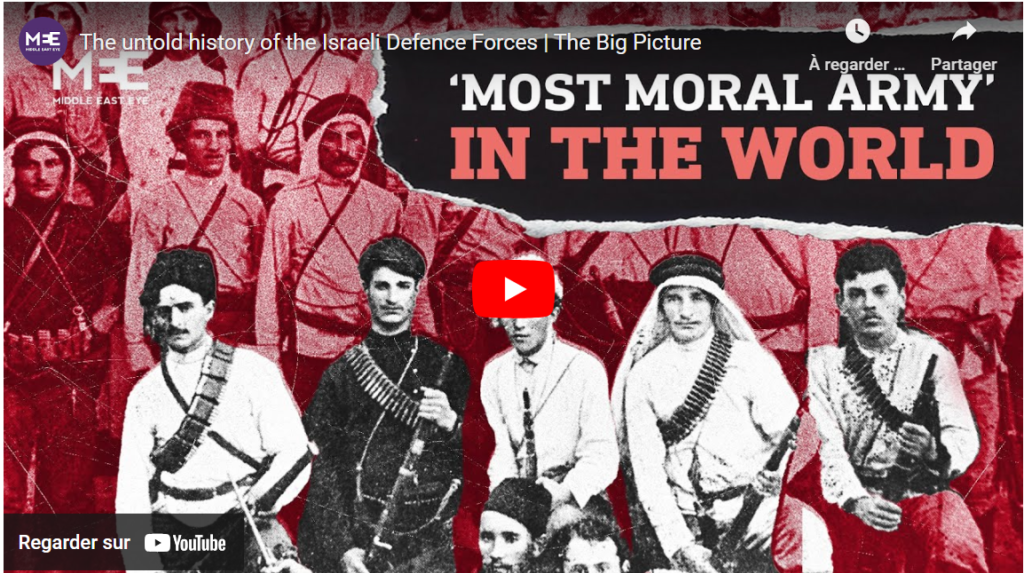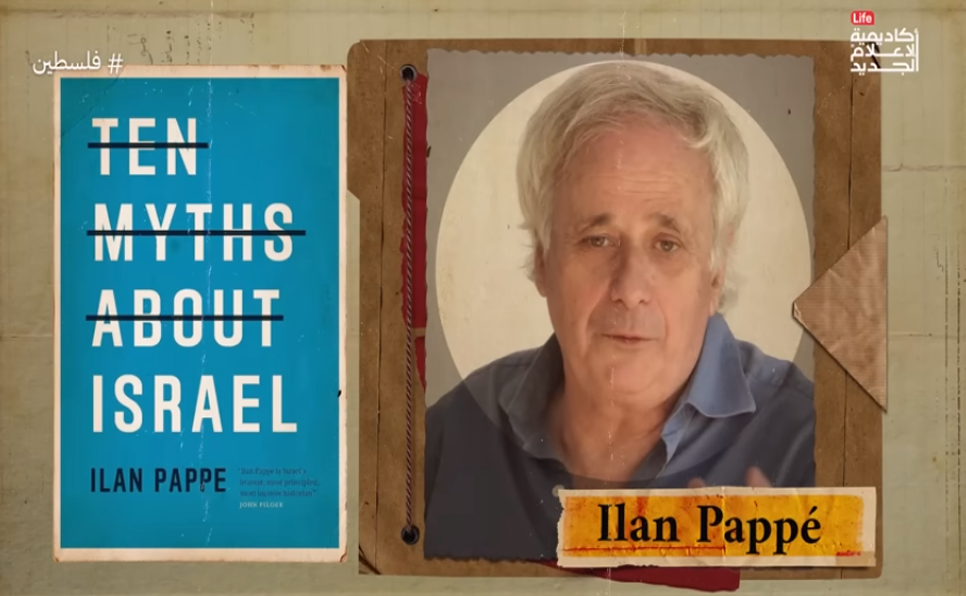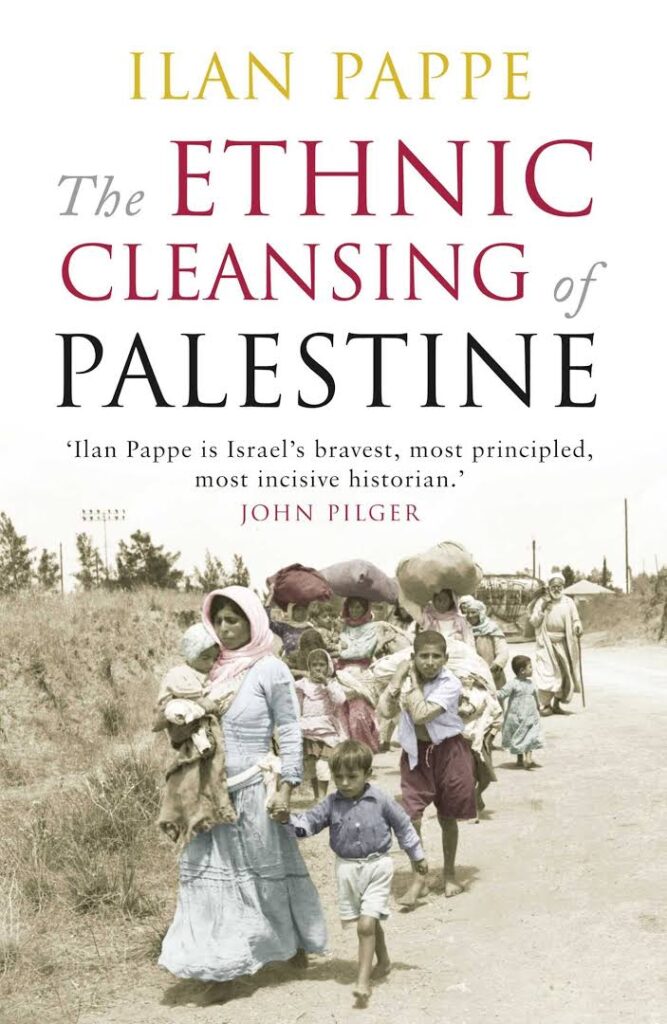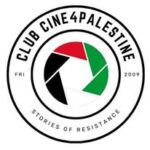The untold history of the Israeli Defence Forces | The Big Picture | By Middle East Eye
The Israeli Defense Forces (IDF) evolved from underground Zionist militias before Israel’s establishment in 1948. Despite being branded as the “most moral army,” the IDF’s origins involve violence against Palestinians and British forces. The narrative of restraint and purity shaped its propaganda, while historical truths about its violent beginnings remain contested.
Highlights:
00:11 The Israeli Defense Force (IDF) is often branded as the most moral army in the world, claiming to protect civilian rights during warfare. However, this image contrasts sharply with its historical actions and allegations of war crimes.
-Prior to the establishment of Israel, underground Zionist militias engaged in violence and terror against Palestinians and British authorities to achieve their goals. These actions laid the groundwork for the IDF’s formation.
-The rise of anti-Semitism in Europe led to significant Jewish migration to Palestine, where new communities sought to establish a Jewish state. This migration was fueled by the ideology of Zionism.
-Militias formed by early Jewish settlers aimed to create self-reliance and protect their colonies, evolving over time into organized forces that contributed to the eventual establishment of the IDF. Their legacy remains complex and controversial.
06:04 Tensions escalated between Jewish migrants and the local Palestinian Arab population due to increasing Jewish settlement activities and religious conflicts, leading to violent riots. This situation prompted the formation of paramilitary groups among Jewish settlers to protect their interests and settle conflicts more aggressively.
-The arrival of Jewish migrants from Eastern Europe significantly increased the Jewish population in Palestine, causing fear and outrage among local Arabs regarding land ownership. This migration changed the demographic landscape and intensified existing tensions.
-Religious activities around significant sites like the Western Wall heightened the sense of threat among Palestinians, leading to communal riots and strikes against Jewish settlements. These religious tensions exacerbated the conflict and fueled violence.
-The emergence of the Haganah as a defensive force marked a pivotal moment for Jewish settlers, leading to organized resistance against Palestinian aggression. This group evolved into a structured paramilitary organization, significantly influencing the conflict dynamics.
12:08 The Palestinian Uprising of 1936 marked a significant resistance against British occupation, driven by frustration with economic hardship and support for Zionism. This revolt demonstrated the escalating tensions and struggles for both Palestinians and Jewish settlers during a tumultuous period.
-The Great Revolt began with general strikes by farmers, ultimately evolving into an organized rebellion against British control. Armed rebels formed groups to challenge British forces directly.
-The British response involved military force, resulting in many casualties and the destruction of entire villages. British troops collaborated with Jewish militias to suppress the uprising effectively.
-The rise of World War II shifted focus, leading some Zionist leaders to ally with British forces against common threats. This complicated the dynamics of Jewish resistance and Palestinian aspirations.
18:10 In 1944, the Jewish militant group led by Manim Bein initiated violent rebellion against British rule in Palestine, escalating tensions in the region. Their actions included significant attacks that shocked global politics and drew international attention to the Zionist cause.
-The assassination of Lord Mo, a British official, was a pivotal moment that highlighted the Zionist struggle against British policies in Palestine. This act was seen as a direct message to British leadership.
-The alliance formed between various paramilitary groups represented a unified Jewish resistance, leading to increased attacks on British infrastructure in Palestine. This collaboration was crucial in shaping the conflict’s dynamics.
-Operation Agatha marked a significant British crackdown on Zionist activists, revealing the extent of collaboration among Jewish groups. The backlash from this operation intensified the militant responses from these groups.
24:13 The video outlines the violent events leading up to the establishment of Israel in 1948, showcasing the systematic targeting and displacement of Palestinians. It highlights the ethnic cleansing and terror tactics used against Palestinian communities during this tumultuous period.
-Mandatory conscription of Jewish individuals was implemented as the Zionist leaders plotted to remove Palestinians from designated areas. This effort culminated in the violent depopulation of multiple villages.
-Numerous massacres were committed by Jewish paramilitary groups, leading to significant loss of life among Palestinians, including women and children. These acts instilled fear and forced many to flee their homes.
-The aftermath of the violence resulted in over 750,000 Palestinians becoming refugees, with lasting impacts on generations. The conflict’s legacy continues to influence Palestinian identity and memory.
30:16 The foundation of the state of Israel was deeply influenced by its historical origins involving violence and ethnic cleansing, which shaped its political narrative. Over decades, these narratives became embedded in Israeli propaganda, marginalizing dissenting voices.
-The Israeli Defense Force’s origins are intertwined with the legacy of violence and assassinations, which have been sanitized in the nation’s historical narrative. This has significant implications for Israel’s identity.
-The rise of the Harut party represented a shift in Israeli politics, gradually bringing right-wing ideas into the mainstream. This transition reflects broader changes in societal attitudes towards nationalism.
-Benjamin Netanyahu’s leadership marked a pivotal moment in Israeli politics, as his vision and ambition reshaped the country’s future trajectory. His governance emphasized the expansionist ambitions rooted in revisionist Zionism.




